9 Disasters that Have Gone Down in Cleveland History
Scroll down to view images

Photo via Cleveland Memory Project
The view looking north on Broadway and Lorain Avenue after a tornado struck on June 28, 1924. More than 200 businesses in downtown Lorain were destroyed, eight people were killed, and dozens more were injured.
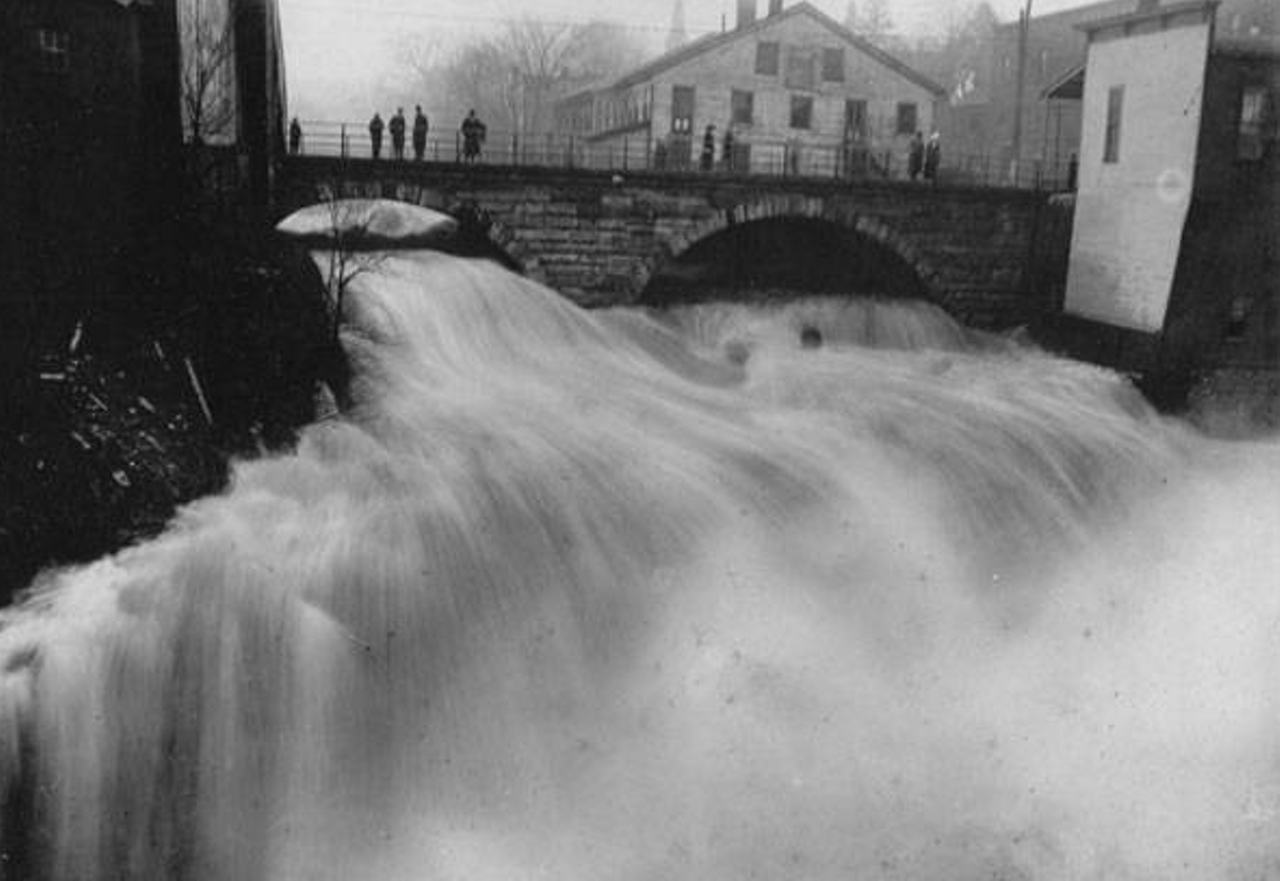
Photo via Cleveland Memory Project
View of the High Falls looking east during the flood of 1913. A series of crazy weather conditions led to the flood, which remains one of the biggest to date in the state of Ohio.
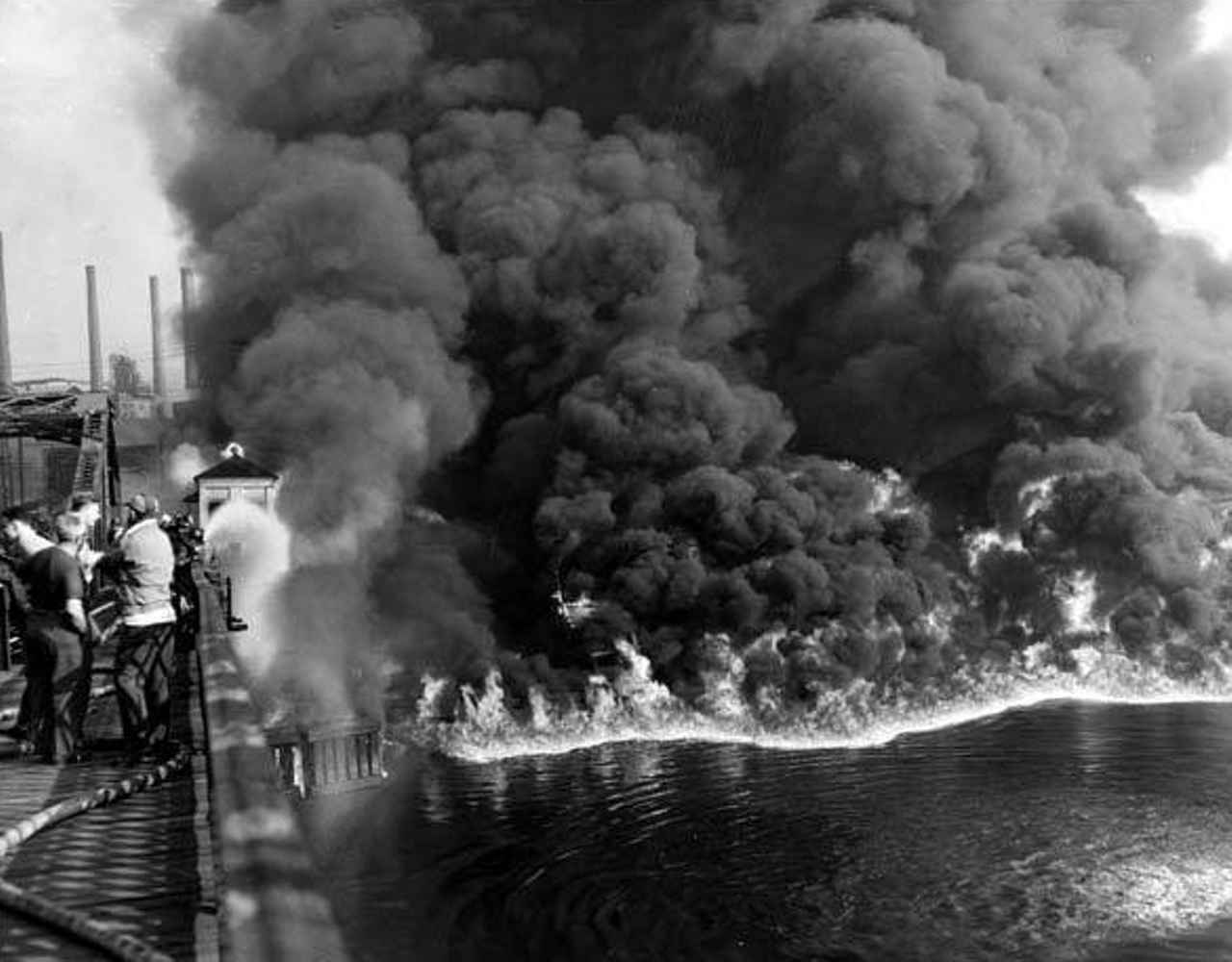
Photo via Cleveland Memory Project
Jokes aside, the 1952 blaze was one of the most potent in our city's history. Pictured here, is the view from Jefferson St. and W. 3rd.
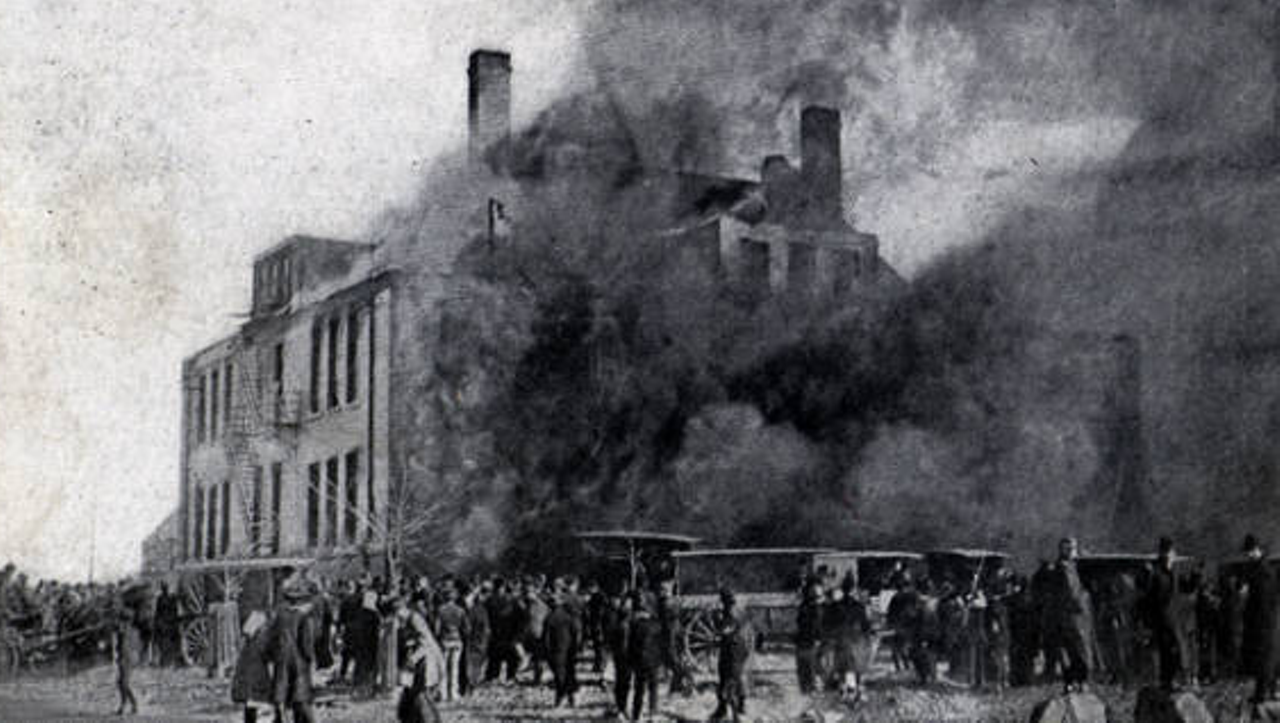
Photo via Cleveland Memory Project
Scene of the Collinwood School Fire on March 4, 1908 where 172 children and two teachers died. The fire started when a steam pipe overheated a wooden joist, prompting it to catch fire. This disaster remains one of the worst of its kind throughout the U.S.
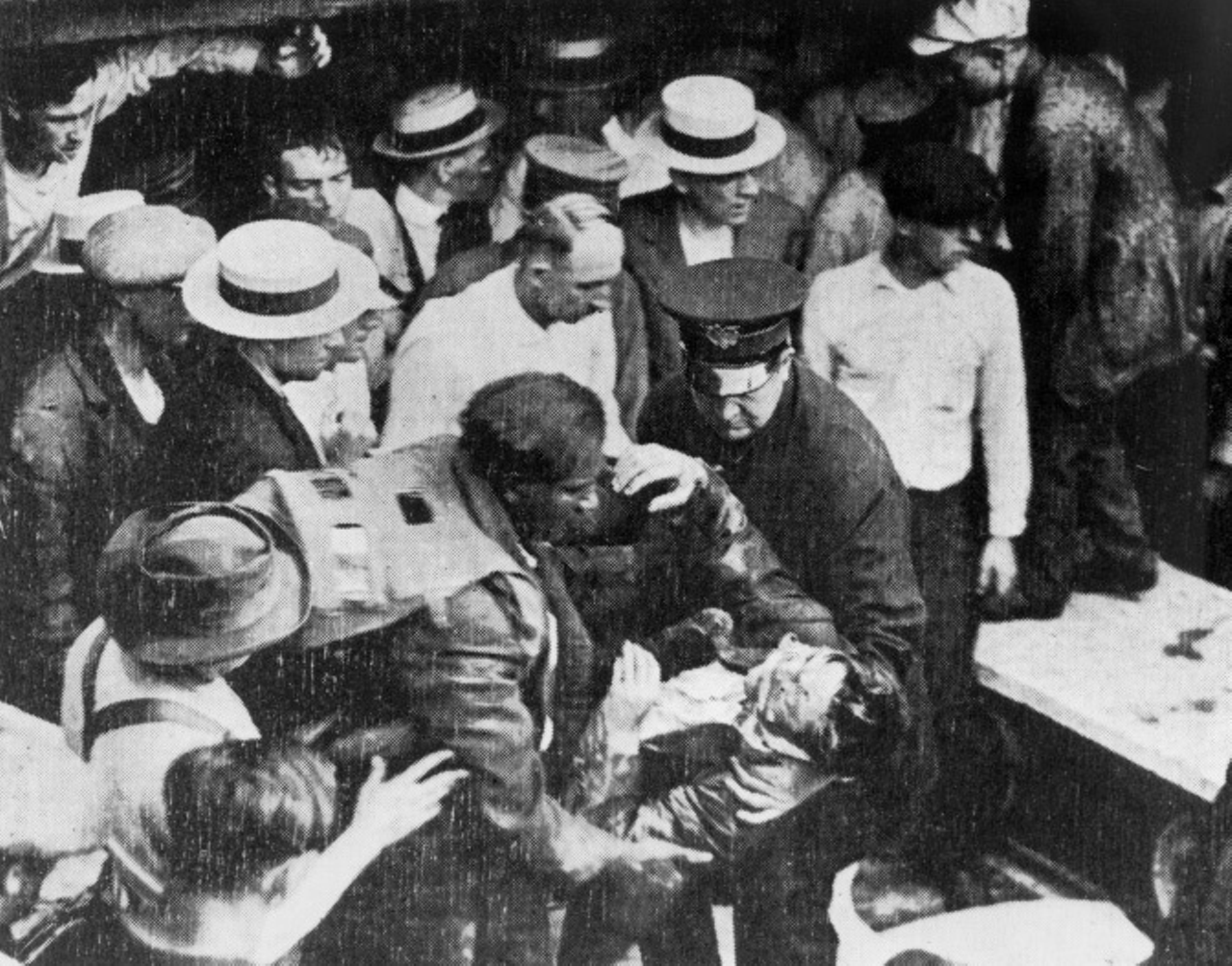
Photo courtesy of WRHS
Six different Waterworks Tunnel disasters occurred during the construction of water intake tunnels for Cleveland's water system, killing a total of 58 men between the years 1898 and 1916. In this photo, a group is helping a victim of the July 24, 1916 explosion that killed 21 people.
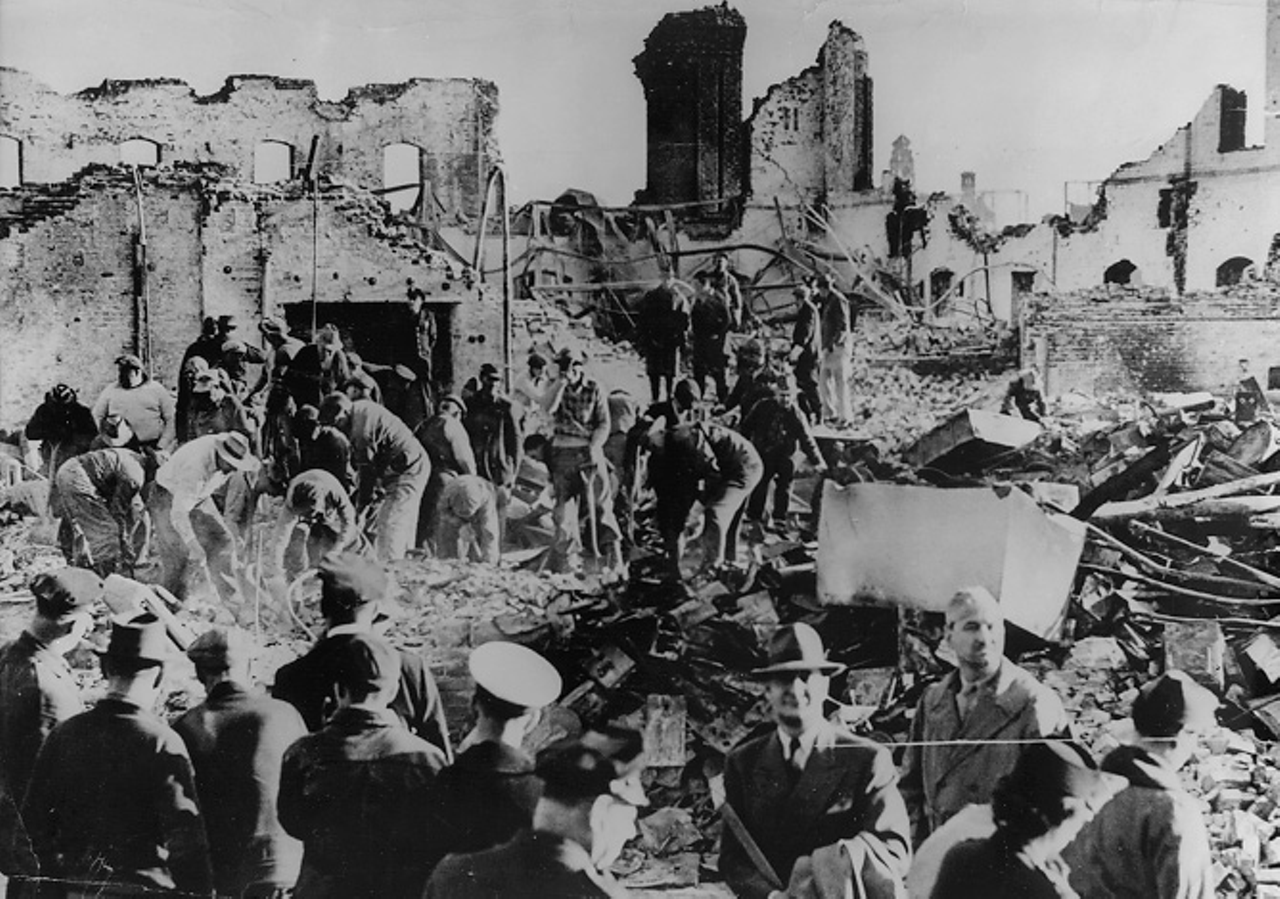
Photo courtesy of CSU Archives
Here, County Engineering employees search through the wreckage after the Oct. 20, 1944 gas explosion. The explosion occurred after a tank carrying liquid natural gas (equivalent to 90 million cubic feet) exploded, creating one of the most devastating fires in Cleveland history.
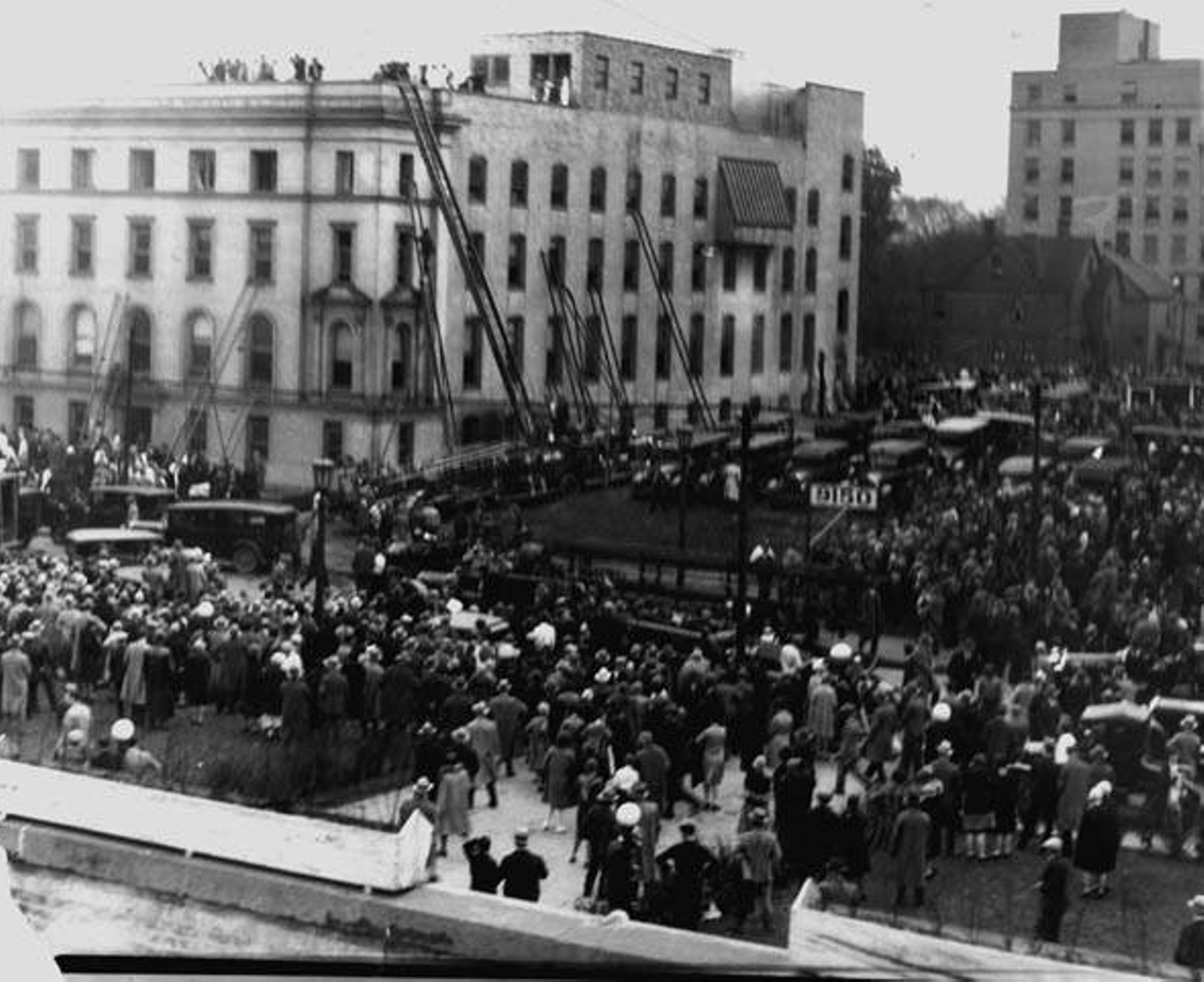
Photo via Cleveland Memory Project
This deadly fire occurred on May 15, 1929 and is believed to have been caused by poisonous gases produced from x-ray film and an exposed light bulb. The disaster killed 123 people.
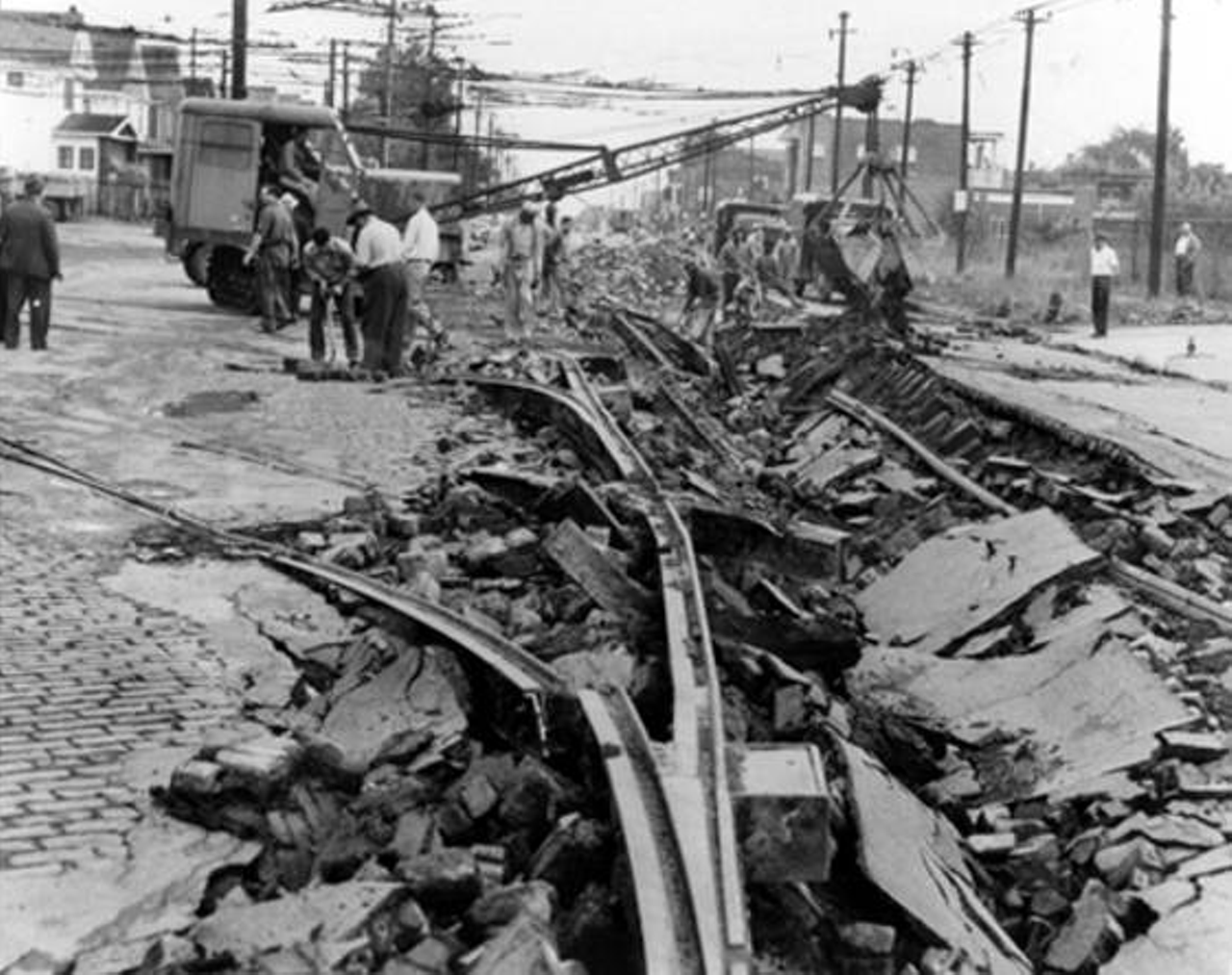
Photo via Cleveland Memory Project
Scene looking north along West 117th St. from Madison Ave. as the repair crews clear the damage caused by the September 11, 1953 explosion.
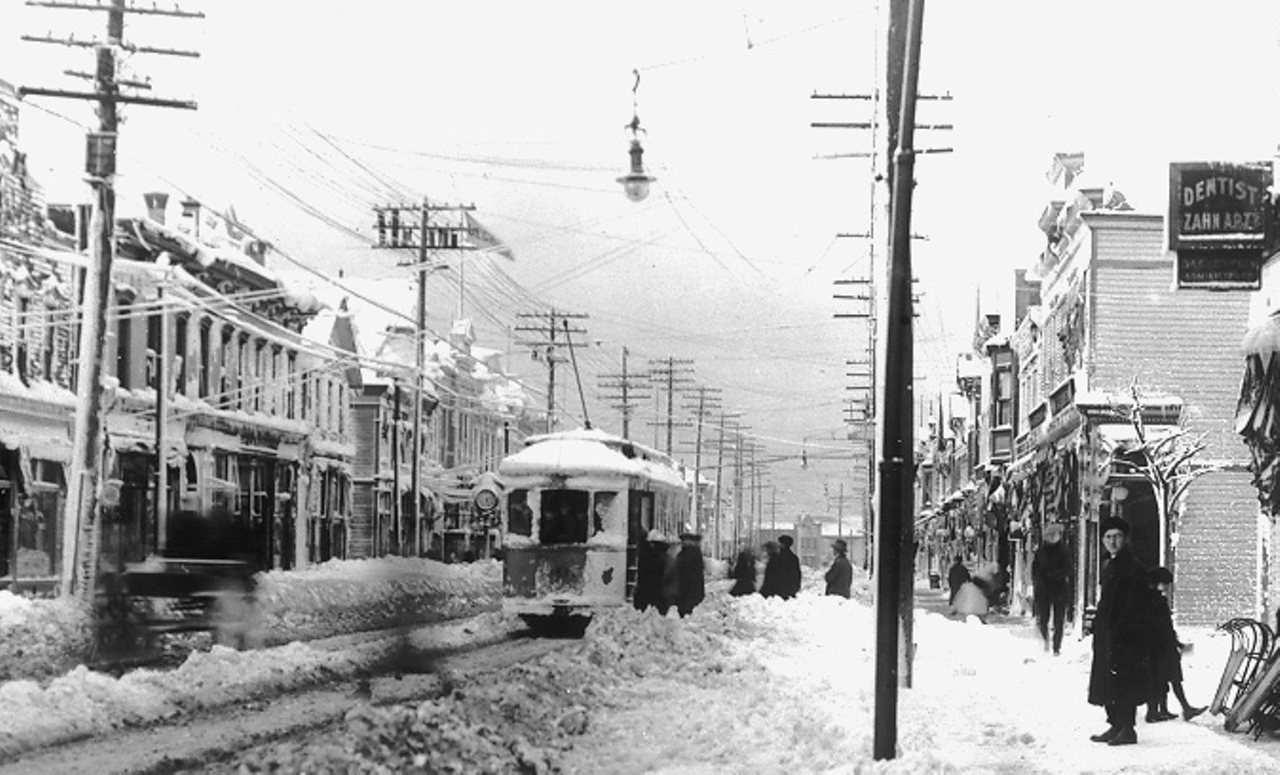
Photo via Cleveland Memory Project
An early winter blizzard swept through northeast Ohio in November of 1913. Here, heavy snowfall impedes traffic in downtown Cleveland.



